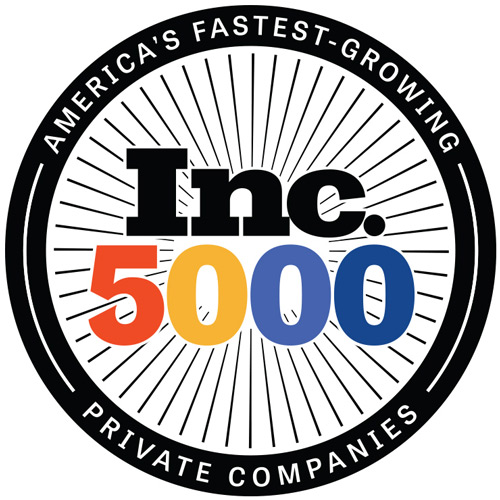Exploring the Six Core Types of Manufacturing Processes
- Jessica R.
- July 8, 2024
- Edited July 8, 2024
Table of Contents
In the manufacturing world, understanding the various methods that drive the production of goods is essential for anyone looking to excel in the industry. Each method or manufacturing process is pivotal in transforming raw materials into finished products, catering to different needs, scales, and outcomes.
Today, we will break down the six primary types of manufacturing processes, shedding light on how each one functions, its advantages, and where it’s most commonly applied. Whether you’re a budding engineer, a business owner in the manufacturing sector, or simply curious about how everyday products are made, this guide will equip you with a solid foundation in the basics of manufacturing.
1. Job Shop Manufacturing
Job shop manufacturing is like the tailor of the manufacturing world. It handles custom, small-scale projects, making products in small batches or individually. This manufacturing process is highly flexible, allowing for a wide variety of products to be made with the same setup.
Machine shops that create bespoke parts for different industries or custom furniture makers use this method. The key strength of job shop manufacturing lies in its ability to manage highly customized orders. However, this flexibility often comes at the cost of slower production speeds and higher expenses due to frequent setup changes and labor-intensive work.
2. Batch Manufacturing
Batch manufacturing steps up the scale by producing larger quantities of a product in a single run, known as a batch. This process balances job shops’ bespoke nature with continuous lines’ efficiency. It’s suitable for medium-sized enterprises that expect demand and product type variability.
Batch manufacturing is commonly seen in food production, such as baking or beverage production, where separate batches are required to maintain consistency and quality. While it allows for easier switching between product types than continuous manufacturing, it still faces challenges like higher labor costs and inventory management issues.
3. Repetitive Manufacturing
Repetitive manufacturing is where we start to see the efficiency of automation in action. This process involves the continuous production of the same product without any alterations. It’s the backbone of mass production industries like automotive and electronics, where high demand and low product variability justify the extensive initial setup costs.
Assembly lines are a prime example of this manufacturing process, designed to minimize downtime and enhance product uniformity. The main advantages include significant economies of scale and streamlined operations, although it requires a hefty initial investment in machinery and design.
4. Discrete Manufacturing
Like repetitive manufacturing, discrete manufacturing also focuses on producing high volumes of products. However, it offers the flexibility to produce different variants of a product. This process is ideal for industries like toys, gadgets, and appliances, where various models or designs are needed.
Discrete manufacturing relies on assembly lines too, but with setups that can be quickly altered to switch between product types. This flexibility helps companies respond rapidly to market changes, though it can complicate the supply chain and inventory management.
5. Continuous Manufacturing
Continuous manufacturing is the most intense when it comes to production volumes. It’s designed to operate 24/7, producing products or materials without interruption. Industries such as chemicals, paper, and minerals benefit the most from this method, as it maximizes production efficiency and reduces per-unit costs.
The downside? It’s inflexible. Any disruption or need for change can be costly and time-consuming, making it less ideal for fluctuating markets or requiring customization.
6. Lean Manufacturing
Lean manufacturing is less of a physical process and more of a philosophy that can be applied to any of the above methods. It focuses on minimizing waste within manufacturing systems while simultaneously maximizing productivity.
Lean techniques involve continuous improvement practices and efficient workforce allocation to improve quality and reduce waste. This approach can be integrated into any manufacturing setup, enhancing overall efficiency and reducing costs.
Understanding the Spectrum of Manufacturing Processes
As we’ve explored the six different types of manufacturing processes, it’s clear that each has its unique strengths and challenges. From the custom-tailored approach of job shop manufacturing to the relentless efficiency of continuous production, the choice of process depends largely on product demand, variability, and industry type.
Understanding these processes is crucial for businesses to choose the most effective method to meet their production goals and market needs. For consumers and professionals looking to deepen their understanding of the manufacturing world, recognizing these methods enriches our appreciation of the products we use daily and the intricate systems behind their creation.
Whether you lean towards the tailored precision of discrete manufacturing or the streamlined focus of continuous flows, each process plays a vital role in shaping our material world.

Jessica R.
Jessica is a seasoned GMP compliance consultant and technical writer specializing in pharmaceutical manufacturing, data integrity, and quality assurance. With over 12 years of experience working with global pharmaceutical firms, Jessica brings deep industry insights into FDA, EMA, and MHRA regulations.


